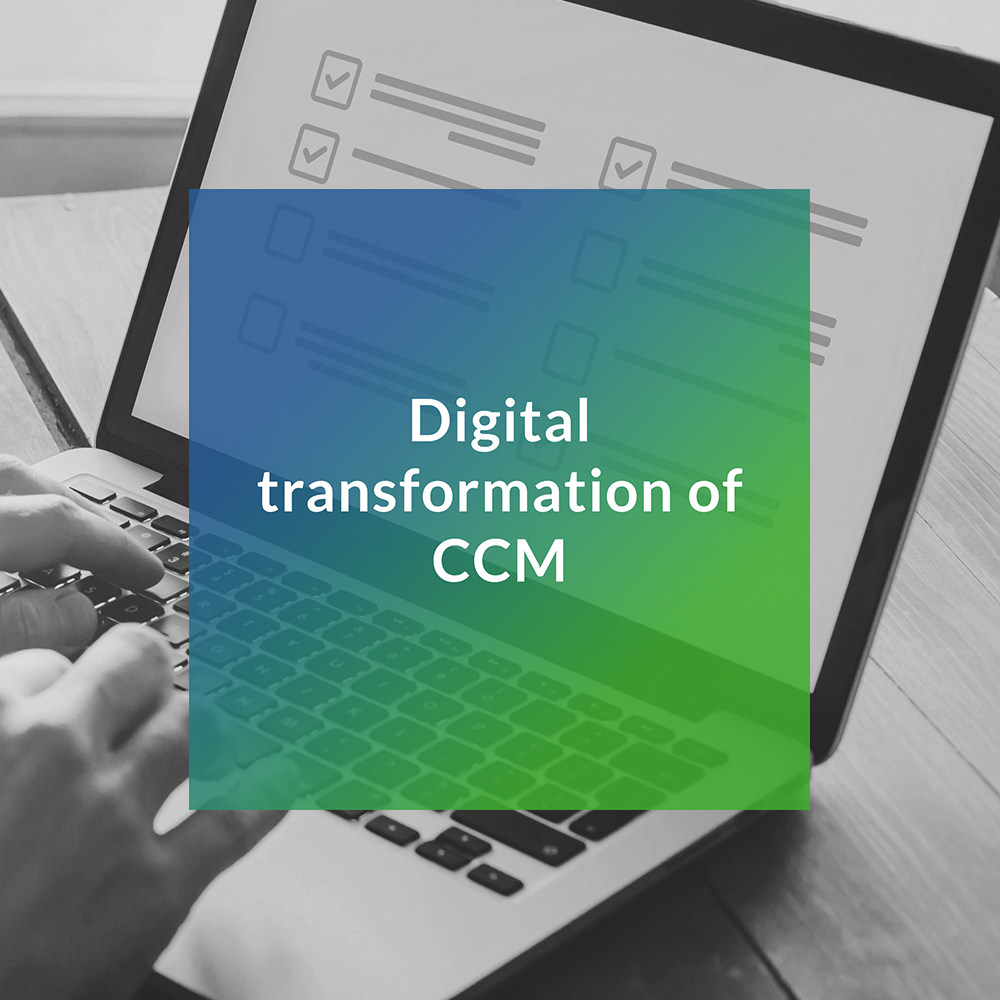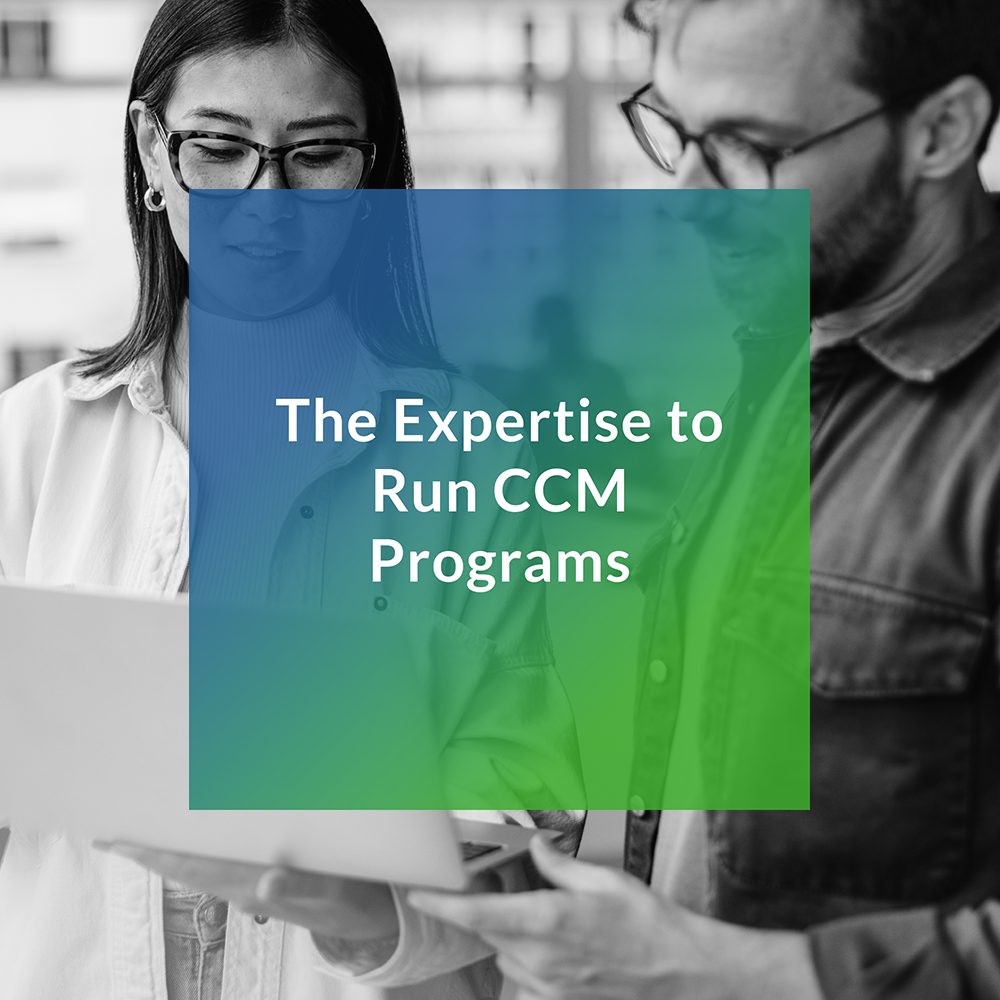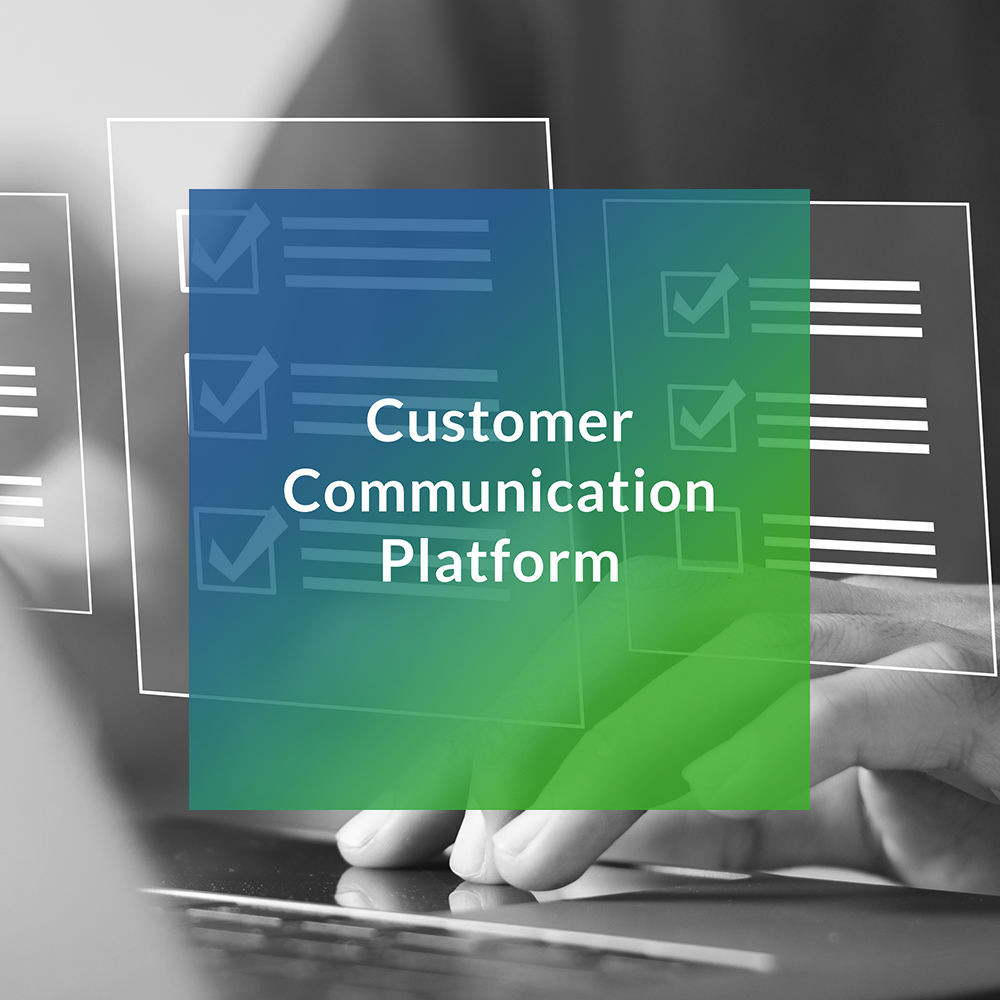June 18, 2024
Although consumers see transactional communications every day, few people realize there is an established industry behind it.
Customer Communication Management, often referred to as CCM, is the industry behind the curtains of the world’s most successful businesses, delivering both printed and electronic communication between a business and its customers. While marketing and sales communication uses advertising, direct mail, and social media platforms to promote and sell products, CCM focuses on the communications necessary for both the business and the customer, such as contracts, invoices, statements, notices, and letters.

In recent years, the boundaries between the transactional communications and marketing programs within a company have been eroding. Marketing messaging, for example, can often be incorporated within transactional documents.
However, there remain key differences between the two, in both function and format.


Most companies have a collection of internal information systems storing customer data, built up over decades of acquisition and expansion.
Among the most challenging aspects of CCM manufacturing is processing this data, this wide variety of file formats and data types, to in turn produce communication output. A single customer communication piece may require data from two or more internal sources, and often needs to be managed and output within stringent deadlines. Other times, the input is a fully pre-composed PDF document instead of raw data, adding another layer of operational stress.
The processed input data is then used to compose the pages, in paper or electronic format, the customers will eventually consume.
Key aspects of page composition include:
In the CCM industry, the primary delivery channels are print/mail, email, and SMS text; often, email and SMS channels are used in conjunction with online viewing, using portals or personalized URLs. These pages are composed for each channel from a single source and workflow – an “omni-channel” approach.
In previous years, each channel had its own composition and workflow approach, creating a denser, more siloed approach. Omni-channel methods, however, have been proven to reduce costs and create efficiencies that better honor consumer delivery preferences.

Companies take one of two approaches producing their CCM communication : either the document production is manufactured internally (the ‘in-plant’ option), or it is outsourced to a third-party provider.
Not surprisingly, the in-plant option is used exclusively by large companies who have the excess capital resources to expend upon a production facility. Some companies with in-plant strategies have begun to look at third-party service providers for their print and electronic CCM needs, allowing them to better focus on and support their core business.


CCM strategies continue to shift from print media and toward digital delivery, though at an evolutionary pace rather than a total upheaval. There are several reasons why print & mail remain a prominent delivery channel amidst technology advances:
Although total digital transformation is happening at a much slower pace than one would want or expect, digital channels continue to gain ground in the CCM channel mix.

The ever-growing range of expertise required to successfully manage enterprise programs has led some companies who had been running production internally to utilize third-party providers.

Whether managed from an in-plant approach or external service provider, a top-tier CCM platform has gone from a ‘nice to have’ to a ‘must have’.
However, given tight compliance deadlines and complex pre-production steps, there is only one path to success: a CCM platform that vigilantly integrates, automates, and reports throughout the process.
A successful CCM platform should, at the most basic level:
For more in depth information about CCM platforms, please read our blog, Discover The Benefits Of A CCM Platform

If it's time to implement a customer communication management strategy, we can help. Venture Solutions offers comprehensive customer communications management options that drive digital transformation through omni-channel delivery, focusing on personalization, automation, and user experience.
Our CCM solutions help organizations realize the benefits of omni-channel delivery, including reduced costs, improved customer experience, and greater operational efficiencies. Our omni-channel CCM solutions include:
Venture NSite™: A unified technology platform that empowers your business to compose, edit, proof, and approve synchronized communications in real-time across multiple channels through one user-friendly interface. With role-based user access, simplified workflows, 24/7 visibility, iron-clad data storage, and secure deployment, it's a seamless CCM experience.
Venture Access™: Our innovative self-service customer communication portal offers companies total transparency and control of their critical communications. Venture Access™ lets you see all your customer communications in one place, so you know exactly what's happening as it happens. From ad hoc custom messaging to fulfillment and delivery tracking, statement archives, and detailed reports, Venture Access™ makes it easier than ever to manage your customer communications.
Venture Editor™: A user-friendly, self-service customer communication tool that centralizes the creation of omni-channel communications. Avoid the added costs of elaborate programming and composition software by streamlining processes through Venture Editor's™ sophisticated automated workflows.
Clear Communications™: a professional service that creates positive customer experiences and maximizes ROI with every letter, statement, email, or text delivered. Because the effectiveness of any CCM communication hinges on clarity, Clear™ enhances message intelligibility and impact, thus increasing customer engagement.
Clear Optimize™: an AI-driven tool that identifies shared content across document sets. Once identified, Venture Solutions evaluates them for two outcomes: either consolidating them into one common document or identifying ways to standardize on a common change.
Let's collaborate! Contact Venture Solutions today to enhance your customer communication management strategy.


© 2026 Venture Solutions Inc. All Rights Reserved